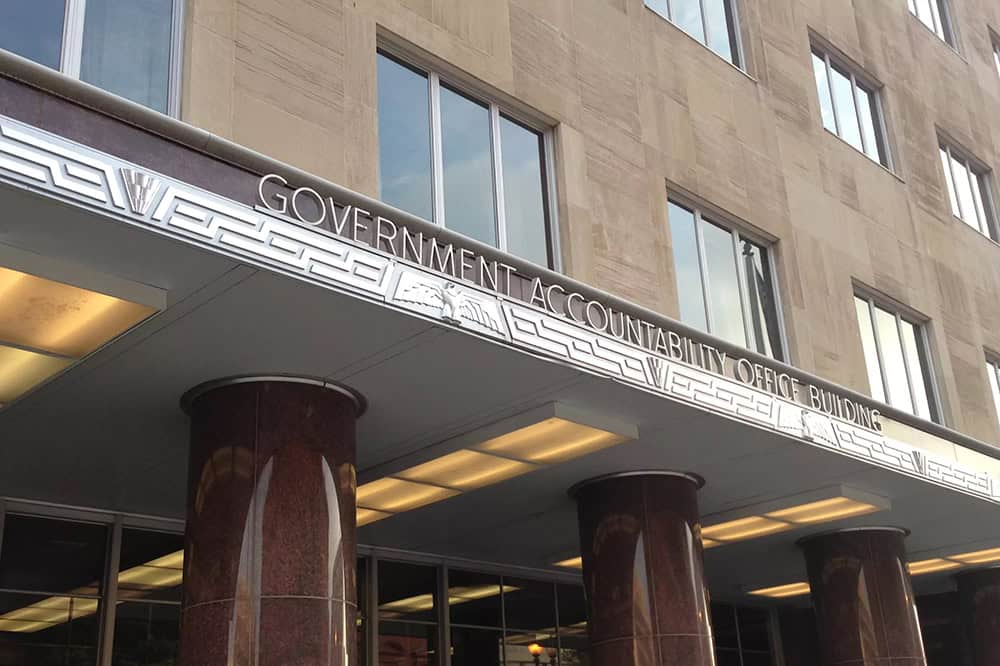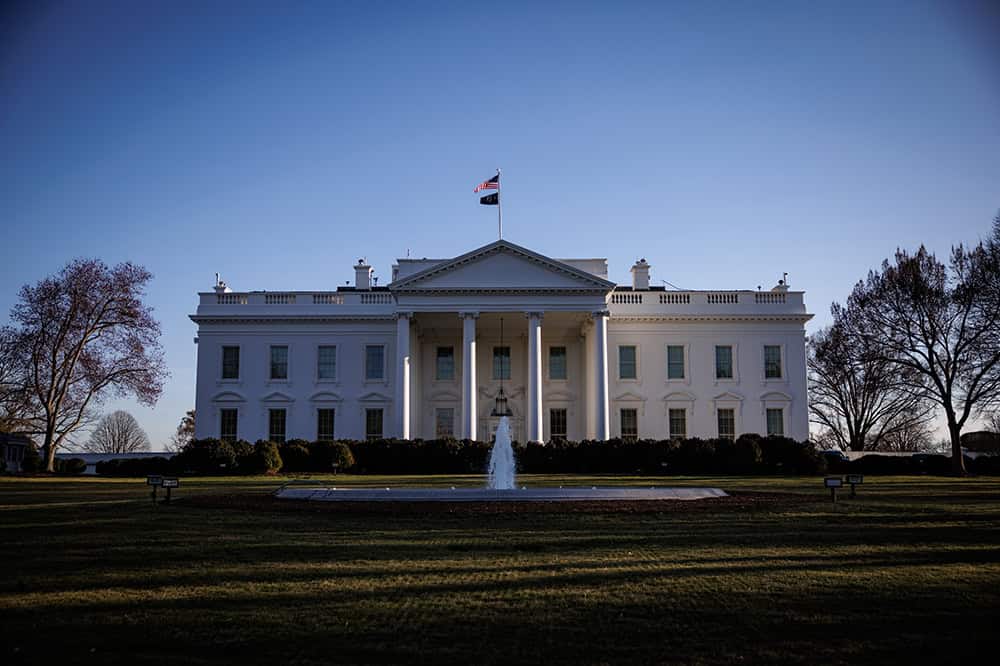Spending in the federal budget is grouped into categories, which are known as budget functions. Each function includes a group of activities or programs that have a similar public purpose, which is helpful for comparing and analyzing overall spending priorities. The 10 largest budget functions for 2023 are listed below.
- Social Security ($1,354 billion). The Social Security function includes the two programs administered by the Social Security Administration: Old Age and Survivors Insurance and Disability Insurance. This function includes both benefit payments to retired and disabled workers (and their spouses, survivors, and dependent children) as well as the cost of administering the programs.
- Health ($889 billion). The Health function includes most direct healthcare services funded by the federal government (other than Medicare); health benefits for federal employees and certain retirees; and the treatment, assessment, and prevention of health-related issues in the United States. Examples include Medicaid, the Children’s Health Insurance Program, and activities carried out by agencies such as the National Institutes of Health, Centers for Disease Control and Prevention, and Food and Drug Administration.
- Medicare ($848 billion). The Medicare function consists entirely of the Medicare program, which provides health insurance to Americans 65 or over and people with disabilities. Most of the spending goes toward the provision of medical services and prescription drugs.
- National Defense ($820 billion). The National Defense function covers the military activities of the Department of Defense. In addition, some funding in this function goes toward the defense-related activities of other departments, such as Department of Energy nuclear programs and the Federal Bureau of Investigation.
- Income Security ($775 billion). The Income Security function includes programs that provide cash and other government assistance to individuals in need, such as those who are unemployed or earning a low income. Examples include unemployment compensation, the Supplemental Nutrition Assistance Program, Supplemental Security Income, Temporary Assistance for Needy Families, certain federal retirement programs (other than Social Security), and housing assistance. In addition, refundable tax credits (payments that exceed taxes owed) fall into this budget function.
- Net Interest ($658 billion). The Net Interest function includes interest payments on the federal debt paid to private holders of U.S. Treasury securities. It is partially offset by interest income on loans as well as earnings from the National Railroad Retirement Investment Trust.
- Veterans Benefits and Services ($302 billion). The Veterans Benefits and Services function includes the spending of the Department of Veterans Affairs and affiliated programs. Most of the spending in this function is for veterans’ compensation, pensions, and health care.
- Transportation ($126 billion). The Transportation function includes spending on highways, public transit, the Transportation Security Administration, the Federal Aviation Administration, the Federal Railroad Administration, and most programs of the Coast Guard.
- Commerce and Housing Credit ($101 billion). The Commerce and Housing Credit function includes programs that support commercial activities, including housing credits, interest payments on the Postal Service, deposit insurance, and several other miscellaneous programs.
- Community and Regional Development ($87 billion). Community and Regional Development supports both facilities and financial infrastructure. It includes grants and programs to encourage urban development, grants to develop depressed areas, and disaster relief and insurance in communities that are recovering from natural disasters.
Source: Office of Management and Budget, Historical Tables, Budget of the United States Government: Fiscal Year 2025, March 2024.
Photo by Mark Wilson/Getty Images
Further Reading
How Much Can the Administration Really Save by Cutting Down on Improper Payments?
Cutting down on improper payments could increase program efficiency, bolster Americans’ confidence in their government, and safeguard taxpayer dollars.
How Do Quantitative Easing and Tightening Affect the Federal Budget?
The Federal Reserve plays an important role in stabilizing the country’s economy.
Can a Rescissions Package Help Lawmakers Formalize DOGE Cuts?
Rescission packages can serve as a tool for the President and Congress to manage and control government spending through a formal statutory process.


